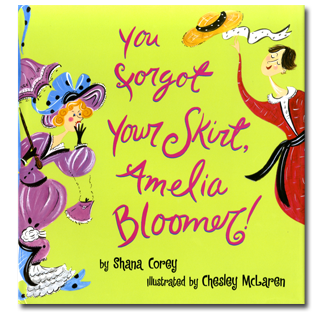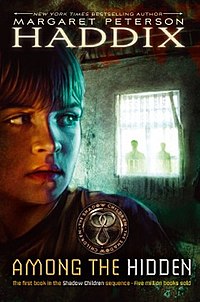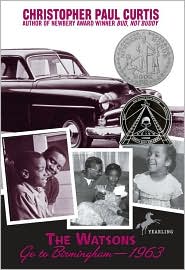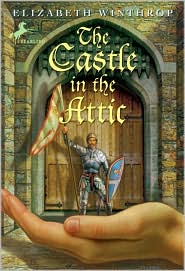"Thank goodness," they said.
"Now everyone will forget this nonsense
and things can return to normal."
But did people really forget about Amelia bloomer
and her improper ideas?
This information book by Shana Corey (and illustrated by Chelsey McLaren) tells the story of the career of Amelia Jenks Bloomer, a women's rights activist and newspaper editor in the 1800's. I'll admit - I chose it mostly for the bright colors, the frilly dresses, and the subtitle, which was "You Forgot Your Skirt, Amelia Bloomer! - A Very Improper Story!" However, I was proven wrong. Although there are many frilly dresses in this book, the true reason for introducing those frilly dresses is to show how big of a deal it is when Amelia Bloomer chooses to give up wearing frilly dresses.
Amelia Bloomer uses the phrase "What was proper about that?" throughout the first half of the book to emphasize how improper the actions that Amelia Bloomer performs are. She is the editor of a newspaper, which she names The Lily. How inappropriate for a woman to be the editor of a newspaper! She hated the dresses that women had to wear. She thought the dresses were inappropriate, and often uses the phrase "What was proper about that?" to describe the dresses themselves. Amelia's entire legacy rested on the fact that everyday, she asked the question, "What's proper about that?" whether it was about her clothes, about the rights that women didn't have at the time, or about the practicality of things.
 |
| The REAL Amelia Bloomer |
I think that this book also teachers children to question things and to embrace change, just like previous books (like The Giver and Among the Hidden), but not to the same extent. It's a book that has the potential to let children do these things at an earlier age, and I'm assuming that the target age audience of this book is early elementary. It would also serve as a fantastic resource in introducing historical figures in an interdisciplinary unit, as Amelia Bloomer was a women's rights activist, even if she ended up also being the woman responsible for introducing pants as a suitable bottom for women! (Hence the name bloomers, get it?). I thought this book was wonderful, and the author's note at the end is a history of Amelia Bloomer - from her birth in New York to her move to Iowa. One of my favorite quotes from the Author's Note is the very last sentence, which says:
Today, women and girls can wear whatever they want.
Perhaps it wouldn't be that way, though,
if all those years ago Amelia Bloomer hadn't had the courage
to be "improper" and to take a stand
for something she believed in.
Many books I don't consider worthy of reading the author's note, but this author's note not only adds to authenticity, but has the potential to spark even more interest in class-wide or individual research on women's rights. I think that that's research worth doing, and would love for all of the children in my class to enjoy and take interest in it.





.jpg)













